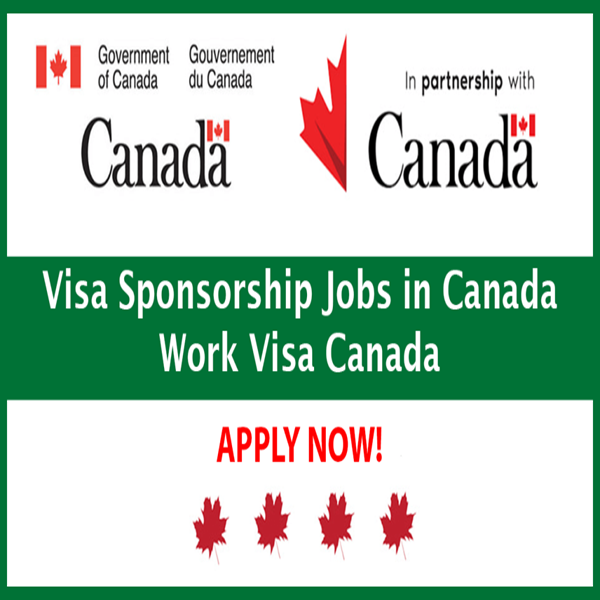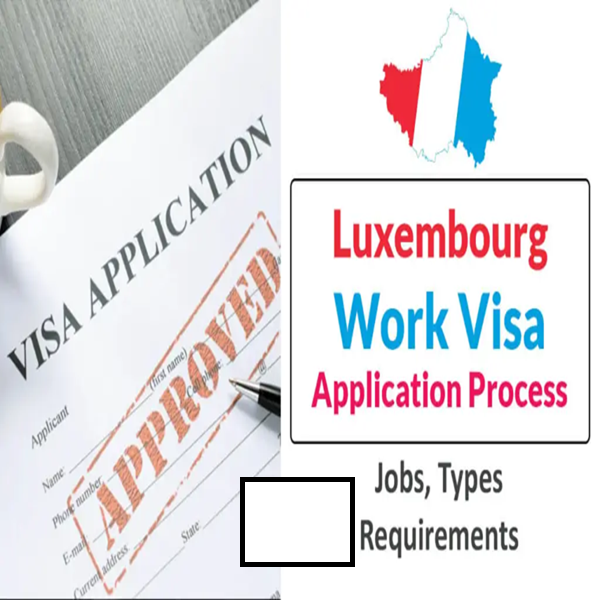How to Migrate to Canada as a Skilled Worker
Canada is known for its high quality of life, strong economy, and welcoming attitude towards immigrants. If you are a skilled worker looking to start a new life in Canada, the process may seem daunting at first. However, with the right information and guidance, you can navigate the immigration process successfully. In this comprehensive guide, we will walk you through the steps to migrate to Canada as a skilled worker.
The Appeal of Canada for Skilled Workers
Migrating to Canada as a skilled worker opens doors to extensive possibilities. The country has a high demand for skilled professionals across various sectors such as IT, healthcare, engineering, and finance. To attract talent from around the globe, the Canadian government has devised streamlined immigration programs, prominently among them being the Express Entry system.
Navigating the Express Entry System
The cornerstone pathway for skilled workers to immigrate to Canada is the Express Entry system. This system manages applications for three economic immigration programs: the Federal Skilled Worker Program, the Federal Skilled Trades Program, and the Canadian Experience Class. It operates by ranking candidates based on their Comprehensive Ranking System (CRS) score, with high scorers receiving invitations to apply for permanent residence.
Eligibility Criteria for Skilled Workers
Aspiring skilled workers need to meet specific requirements to be eligible for migration. These prerequisites include possessing at least one year of continuous full-time or equivalent part-time work experience in a skilled occupation, meeting the stipulated language proficiency levels, and acquiring a valid Educational Credential Assessment (ECA) report.
Language Proficiency Requirements
Proficiency in either English or French is pivotal for skilled workers aiming to migrate to Canada. Applicants are mandated to undertake language tests like the International English Language Testing System (IELTS) or the Canadian English Language Proficiency Index Program (CELPIP) to demonstrate their linguistic abilities.
Educational Credential Assessment (ECA)
A crucial step in the immigration process involves obtaining an Educational Credential Assessment (ECA). This assessment validates the authenticity and equivalence of foreign educational credentials concerning Canadian standards, facilitating a clear understanding of qualifications for Canadian employers and educational institutions.
Creating an Express Entry Profile
To enter the Express Entry pool, applicants must craft an online profile encompassing details about their work experience, education, language proficiency, and other pertinent information. The information provided determines an applicant’s CRS score, positioning them within the pool for consideration.
Comprehensive Ranking System (CRS) Score
The CRS score, a decisive factor, is calculated based on several elements such as age, education, work experience, language proficiency, and adaptability. The higher the CRS score, the greater the probability of receiving an invitation for permanent residence. Continuous enhancement of qualifications and gaining additional work experience aids in augmenting the CRS score.
Leveraging Provincial Nominee Programs (PNPs)
Beyond the Express Entry system, Canada offers Provincial Nominee Programs (PNPs) enabling provinces and territories to nominate skilled workers based on their specific labor market needs. Aligning one’s skills and experience with the requirements of a particular province or territory can result in receiving a provincial nomination, granting additional CRS points.
The Significance of a Job Offer
While not required, accepting a job offer greatly increases an applicant’s CRS score. A credible employment offer from a Canadian business earns you more points in the Express Entry system. To improve one’s prospects, consider exploring career options using internet platforms, job fairs, and networking events.
Submitting the Permanent Residence Application
Upon obtaining an invitation to apply for permanent residency, candidates must complete a full application within the timeframe specified. This application includes a variety of papers, supporting documentation, and fee payments. Accuracy and honesty while giving information are critical to avoiding processing delays or difficulties.
Medical and Security Clearances
The immigration process necessitates undergoing medical examinations and security clearances for both the applicant and accompanying family members. These assessments ensure compliance with the health and security requirements outlined by the Canadian government, demanding prompt completion as per provided instructions.
Step 1: Determine Your Eligibility
Before you can apply to immigrate to Canada as a skilled worker, you need to determine if you meet the eligibility criteria. Canada uses the Express Entry system to manage applications for three main economic immigration programs:
- Federal Skilled Worker Program (FSWP): This program is for skilled workers with foreign work experience who want to immigrate to Canada permanently.
- Federal Skilled Trades Program (FSTP): This program is for skilled tradespeople who want to immigrate to Canada permanently.
- Canadian Experience Class (CEC): This program is for skilled workers who have Canadian work experience and want to immigrate to Canada permanently.
To be eligible for any of these programs, you must meet certain criteria, including:
- Language proficiency: You must take an approved language test (such as the IELTS or CELPIP for English, or the TEF for French) and score a minimum level of proficiency.
- Education: You must have a completed Canadian post-secondary degree, diploma, or certificate, or a completed foreign credential and an Educational Credential Assessment (ECA) report from an approved agency.
- Work experience: You must have at least one year of full-time (or an equivalent amount of part-time) skilled work experience in a qualifying occupation.
- Admissibility: You must be admissible to Canada, which means you must not have a criminal record, health problems, or other issues that would make you inadmissible.
Step 2: Improve Your CRS Score
Once you determine your eligibility, you’ll need to improve your Comprehensive Ranking System (CRS) score. The CRS is a points-based system used to assess and score your profile in the Express Entry pool. The higher your CRS score, the better your chances of receiving an Invitation to Apply (ITA) for permanent residence.
You can improve your CRS score by:
- Improving your language skills: Taking additional language courses or retaking the language test to achieve a higher score.
- Obtaining a higher level of education: Completing additional education or obtaining a higher level of education can increase your CRS score.
- Gaining more work experience: The more work experience you have, the higher your CRS score will be. Consider gaining additional work experience in your field before applying.
- Obtaining a valid job offer: A valid job offer from a Canadian employer can significantly increase your CRS score. Consider networking and applying for jobs in Canada.
- Obtaining a provincial nomination: Some provinces in Canada have their own immigration programs that allow them to nominate candidates for permanent residence. Obtaining a provincial nomination can increase your CRS score significantly.
Step 3: Create an Express Entry Profile
Once you have improved your CRS score, you can create an Express Entry profile. To create a profile, you will need to provide information about your skills, work experience, language ability, education, and other details. You will also need to upload supporting documents, such as language test results, ECA reports, and proof of work experience.
Step 4: Submit Your Profile and Wait for an Invitation to Apply (ITA)
After you submit your Express Entry profile, you will be placed in a pool of candidates. You will be ranked based on your CRS score, and candidates with the highest scores will be invited to apply for permanent residence through regular draws.
If you receive an ITA, you will have a limited time to submit a complete application for permanent residence. This includes providing all required documents and paying the application fee.
Step 5: Apply for Permanent Residence
Once you receive an ITA, you can apply for permanent residence. You will need to submit a complete application, including all required documents and forms. You may also need to undergo a medical examination and provide a police certificate.
If your application is approved, you will receive a Confirmation of Permanent Residence (COPR) and a permanent resident visa. You can then move to Canada and start your new life as a permanent resident.
Step 6: Prepare for Your Move to Canada
Before you move to Canada, there are several things you need to do to prepare:
- Find housing: Research housing options in the city or province where you plan to live and secure accommodation before you arrive.
- Healthcare: Familiarize yourself with Canada’s healthcare system and ensure you have health insurance coverage when you arrive.
- Employment: Start looking for a job in Canada before you arrive. Consider networking with employers and attending job fairs.
- Canadian culture and society: Learn about Canadian culture, society, and customs to help you adjust to life in Canada.
Conclusion
Migrating to Canada as a skilled worker can be a complex process, but with the right information and preparation, you can successfully navigate the immigration system. Follow the steps outlined in this guide, and soon you could be enjoying all that Canada has to offer as a permanent resident.







